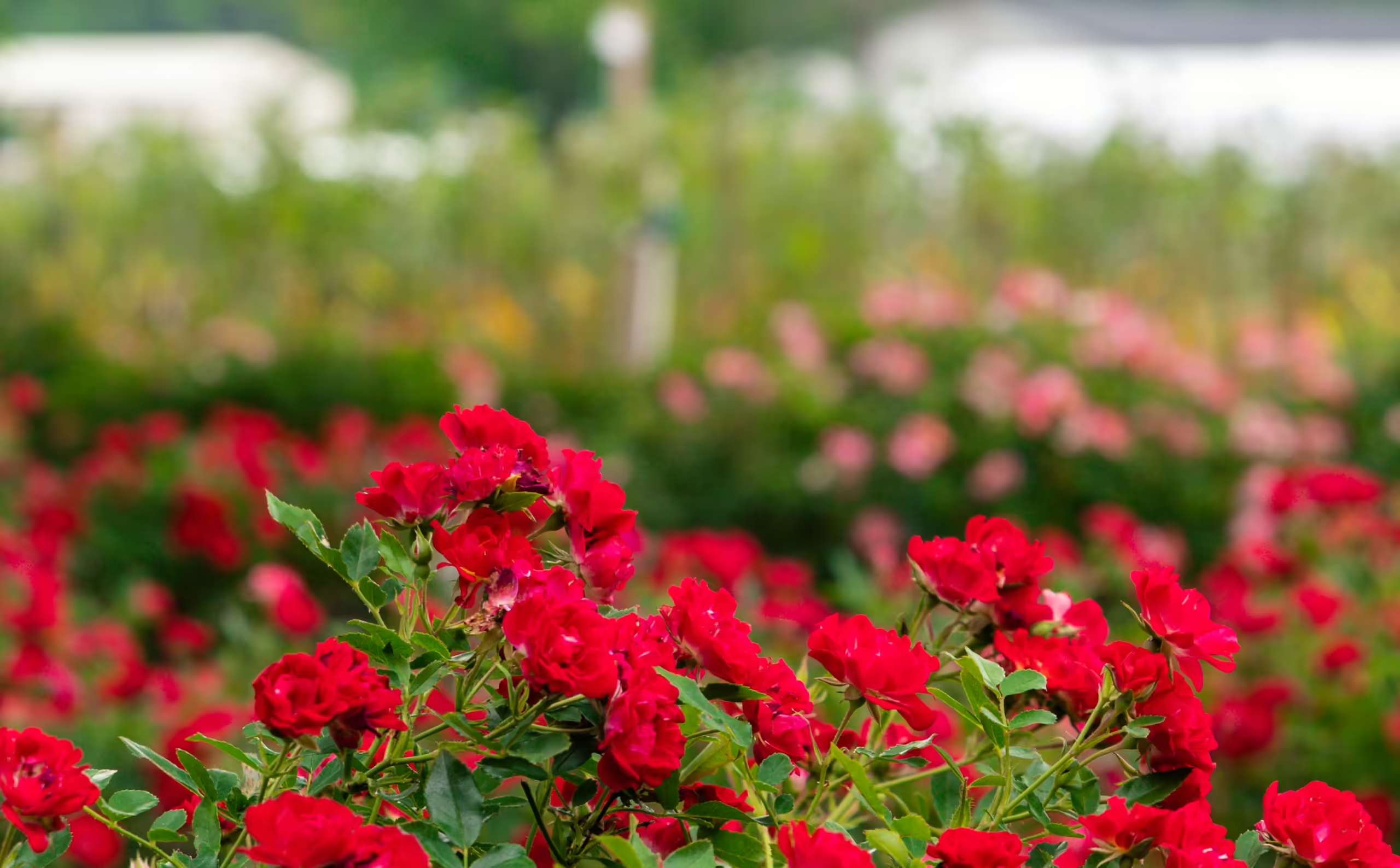
Written by s • Pruning Roses
Roses have been a favorite with gardeners for millennia – archaeologists know that the Babylonians were growing ornamental roses 4,000 years ago, and many believe the tradition is even older than that. Roses are the classic flowering plant, available in many forms – from small shrubs to climbers and trees and the most popular variety, Knockout Roses – and a spectacular array of colors. They’re also quite hardy and do well across a wide range of climate zones. They’re not completely maintenance-free though, and do need some care and attention. A key part of keeping them in good shape is regular pruning.
The thought of pruning roses brings many novice gardeners out in a cold sweat, but it’s essential. The aim is to keep the plants in an attractive shape, remove dead material and promote better flowering. An unpruned rose will slowly run wild and turn into a tangled thicket that’s unsightly and doesn’t produce many flowers. Once it gets to that stage there’s usually nothing that can be done apart from cutting the whole plant back to the ground in the hope that it will regrow normally, and if you’re worried about pruning you really don’t want to be cutting back a bed of roses that’s been left to its own devices for a few years. It’s far easier to make sure they don’t get into that state in the first place. The good news is that pruning isn’t actually that difficult, and the results make it very worthwhile.
Pruning has to be done at the right time of year, otherwise you can seriously damage your roses’ health. Climbing roses should be trimmed in fall and rambling varieties in late summer, but for all others the best time is mid-spring. That way you’ll get them into top condition just as their growth spurt starts, which should ensure healthy new foliage and a great display of flowers.
Whatever type of roses you’re pruning, you’ll need a good sharp pair of shears. A pair of heavy gloves are also useful – as well as protecting against thorns roses can be tough, and repeated clipping will soon take its toll on your hands. Start by cutting away any dead or unhealthy branches. Once that’s done trim back the healthy branches by about a quarter of their length; this will promote more vigorous new growth. If you want to modify the plant’s shape you can trim some by more as required, but try not to cut back past the previous year’s growth. Where possible, cut off branches just above a bud – that encourages the plant to grow more buds, for a better display of flowers.
It’s important that rose branches aren’t simply snipped off square. If you do this rain will soak in to the ends, and that risks rot. Instead clip them at an angle with the cut surface facing downwards.
As well as spring pruning roses also benefit from deadheading. The flowers fade after a while and become scruffy looking, so unless you plan to harvest the rose hips it’s best to trim off dying flowers. That will keep the plant tidy looking and also promote new buds.
Climbing and rambling roses need similar pruning to shrub and bush varieties, but you can be a bit more radical. Unless cut back enough these plants can very quickly become tangled, with masses of dense woody stems making maintenance difficult. As well as cutting away dead or diseased branches thin out the older stems by cutting some of them right back to the ground. Aim to remove around a quarter of them every year, concentrating on the oldest. These are less likely to produce showy flowers anyway, and pruning them will encourage new, healthy stems that will be a lot more productive next season. Don’t leave it too late to prune climbers; fall is best – a few weeks earlier for rambling species – but you should make sure it’s done well before the first frost. That way the plants will have a chance to recover before cold weather endangers the cut ends.
Pruning roses isn’t really that much of a chore. If it’s done properly every year it’s quite a light task, but skip it one year and next spring will be a lot harder. As long as you keep your shears sharp a good-sized rose can be trimmed into perfect health in just a few minutes. It’s not a lot of effort for the pleasure the blooms will bring you.





